What is Design Thinking?
Resources
Contrary to it seeming like quite a technical and high-minded notion, design thinking as a development process to drive growth and innovation for a business is applicable to all sectors and all types and sizes of company. This idea creation process is intended to solve problems, innovate processes, and address challenges through creativity, and is a method within the reach of every business.
One innovative tool which is now also at the disposal of all businesses, from small to medium-sized enterprises (SMEs) to huge multinationals, is gamification. This is the process of applying game mechanics to typically less fun tasks in order to better engage users. This works so well for user engagement because people love to play – to engage people in competition and interaction is the best way to get the most out of them, whether it’s to perform a desired action, make a process easier, or to help them learn something. Any problem, or opportunity for improvement that a business has where the pain point or shortfall is in user engagement could benefit from looking at gamification as a solution.
Through gamification platforms with optional agency services, it’s easy to customise pre-made game engines to your exact needs, whether this solves the challenge you’re faced with, or is a way of information intelligence gathering through the design thinking process.
The key elements of design thinking
This method of design thinking developed by Rolf Faste, professor of design at Stanford University, refers to all the cognitive, strategic, and practical thoughts used in a process of design, creation, and innovation. The design thinking method is a collaborative design practice, involving a process of creative collaboration. This methodology therefore requires teamwork, varied skills, knowledge, and know-how, often from multiple teams of people.
It is also essential to put the place of the user and the user experience at the centre of design thinking, because it is for them that a product, a service, or any type of project is created and thought out. By focusing on the user and their problems, design thinking is a way to open up a lot of possibilities for companies to find solutions, and sometimes develop fun experiences appropriate to the needs and expectations of different types of users. For example, taking a design thinking approach to something like a company’s digital transformation, you would look at the current pain points your employees – the users – are running into with current systems, and build the new digital infrastructure around what will best serve your people to overcome existing problems.
Throughout the stages of the design thinking process, it is important to keep in mind the 3 key elements of creating a new product or service: desirability, feasibility, and profitability. If a product or service is desirable and technically feasible, then it meets a real need or problem with a concrete and effective solution. If, for instance, you were part of a human resources (HR) department and were responsible for onboarding, but there was a clear issue with staff retention, with employees leaving the business within the first 6 months to a year of starting work, and your intelligence gathering indicated that it was due to a lack of effective onboarding, a concrete and effective solution that might pass the test would be a gamified massive open online course (MOOC).
Through the tools of gamification, available and easy to use through gamification platforms like Drimify, you could use the Dynamic Path™ format to create a series of interactive modules that could give progressive structure to an employee’s onboarding experience. Early modules could be a way to relay information about your business’s corporate identity, and it could move on into more job-specific and practical information, easing new employees into their roles. It’s desirable because in the current scenario, the onboarding process isn’t working. It’s likely feasible as a gamification platform allows you to fully customise existing game engines quickly and with no prior technical knowledge, which is more affordable and quicker than creating bespoke games from scratch. While it would be necessary to do a full analysis, if it proves to be a better way to retain talented employees and aid in their professional development, it will prove to be a profitable practice to employ long term.
What are the objectives of this method?
The first objective of design thinking is to stimulate creativity, encourage innovation, and facilitate the emergence of new ideas within a company by having employees working in very different departments and professions collaborate. When employees who do not have the same skills, the same work habits, or the same backgrounds collaborate on a project and combine their skills, by coming at it from multiple angles, they can find a new solution to a common problem. In addition, design thinking promotes co-creation and teamwork among your company’s people.
The second objective is to give life to projects that meet user needs, and by doing so launch new products and services and bring them to the market. With this method, we’re trying to solve a problem based on the customer experience and the analysis of pain points or difficulties. The resulting ideas, if they can solve real problems, are then developed into prototypes and then into products.
The third objective is to develop cohesion in the company by having employees and teams work together. With design thinking you associate different departments within a company, and offer a possibility of management and transversal management by empowering the teams and valuing their different contributions to the work. This interdepartmental collaboration is also excellent for your corporate culture, as it breaks up the silos individual departments can turn into sometimes.
The 5 stages of design thinking
There are 3 main approaches to the concept of design thinking, each comprising several stages, the number of which varies according to the approaches and the authors. An early method, conceptualised by Rolf Faste in the 1980s, consisted of 7 steps. It was later boiled down to 5 steps by Jeremy Gutsche, innovation expert, entrepreneur, and founder of TrendHunter, a trend research company. Design thinking has since been further reduced to a 3-step solution by Tim Brown, director of the company IDEO.
For this article, we’ll focus on the 5-step design thinking approach according to Jeremy Gutsche:
Empathy
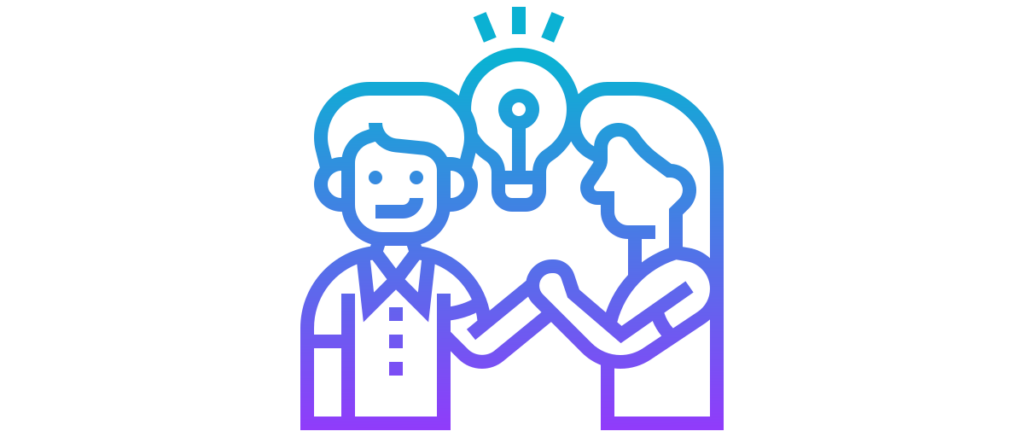
The key element and the first step in design thinking is empathy. During this phase, it is important to understand the user’s experience and frustrations, as well as their way of seeing things by questioning them and interacting with them to take ownership of the problems. By doing this, you’re aiming to eventually improve the user satisfaction rate. You’re putting the human experience at the start and the heart of the process, because ultimately, it’s a human, an end user, who will benefit from your work.
Problematization
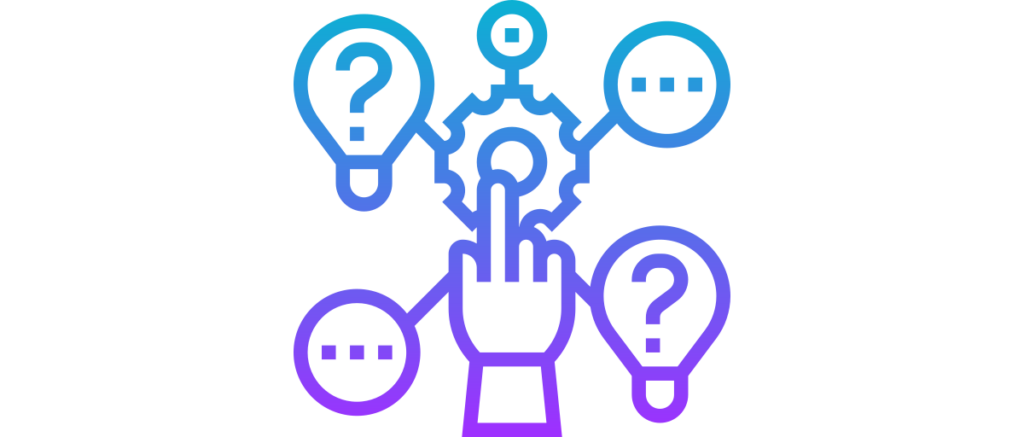
Then it is necessary to define the issues in order to raise possible difficulties different from those initially envisaged. The purpose of this step is to redefine the problems as they will affect users.
Ideation
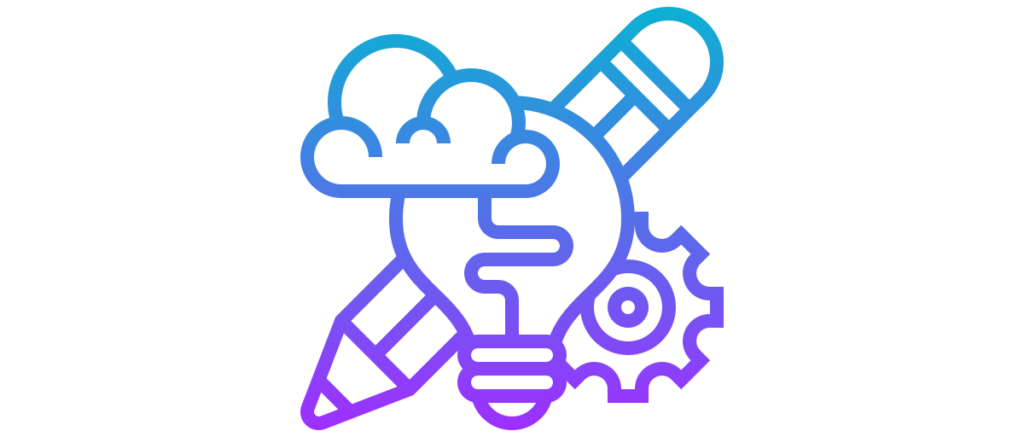
Then comes the phase of ideation, where with the help of marketing tools, the problem will gradually find its solution. This stage of design thinking requires creativity, innovation, and cohesion in order to generate as many ideas as possible within your team or teams.
Modelling of prototypes
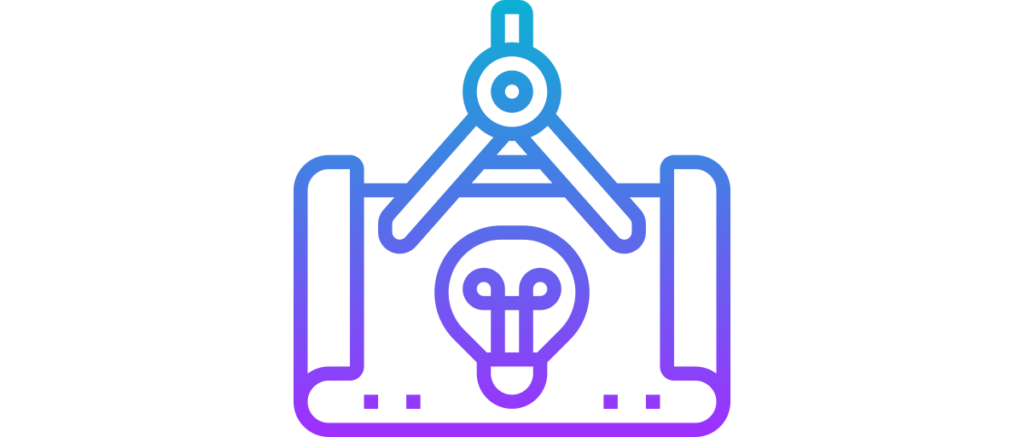
When a solution has been found, all that remains is to bring it to life through the design of a prototype. For this step you make a model and evaluate its feasibility. The prototype approach makes it possible to demonstrate that the idea is the right one, as it can provide proof of concept (or possibly not, in which case, back to the drawing board).
The testing phase
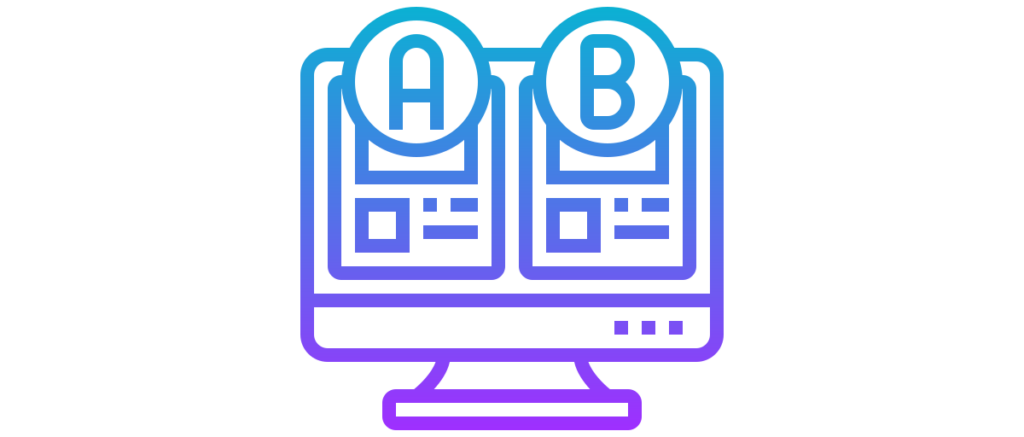
Finally comes the last of the 5 steps: test said solution. With the help of user feedback, this last step aims to test the project and the concept, as well as to improve the proposed solution. The best way to determine the viability of your project and the viability of your ideas is to put them in place and test them.
When to use design thinking?
Design thinking has many advantages in innovation and project design. It allows for interdepartmental work in a collaborative work environment, with professionals from different trades and skills using their combined expertise to come up with the best possible ideas. It promotes the quality of decisions, as so many qualified people are involved, and can unite a team, while developing a strong sense of belonging within the company.
Design thinking methods initially seem reserved for the tertiary and creative sectors such as media and communications. However, it was by transferring the concept to the industrial sector that it could be applied to the creation of products based on customer needs. Design thinking is now applicable to all sectors and types of companies looking to innovate and grow within their niche.
Want to know more?





